Contrasts Between Hive Dollar (HBD) and US Dollar (USD):
The monetary scene is quickly developing with the ascent of cryptographic forms of money and computerized monetary forms. Among these, Hive Dollar (HBD) and US Dollar (USD) address two unmistakable types of cash, each with its own attributes, use cases, and suggestions for clients. Understanding the distinctions between these two monetary standards is essential for anyone with any interest at all in money, digital currency, or the more extensive financial scene.
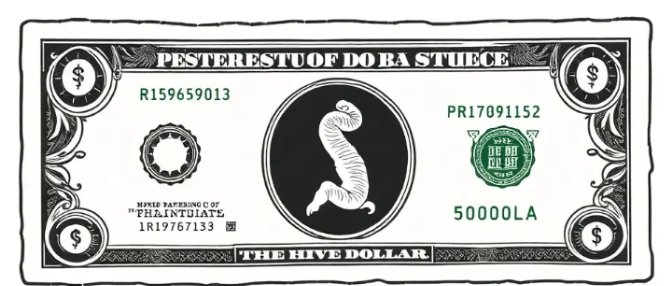
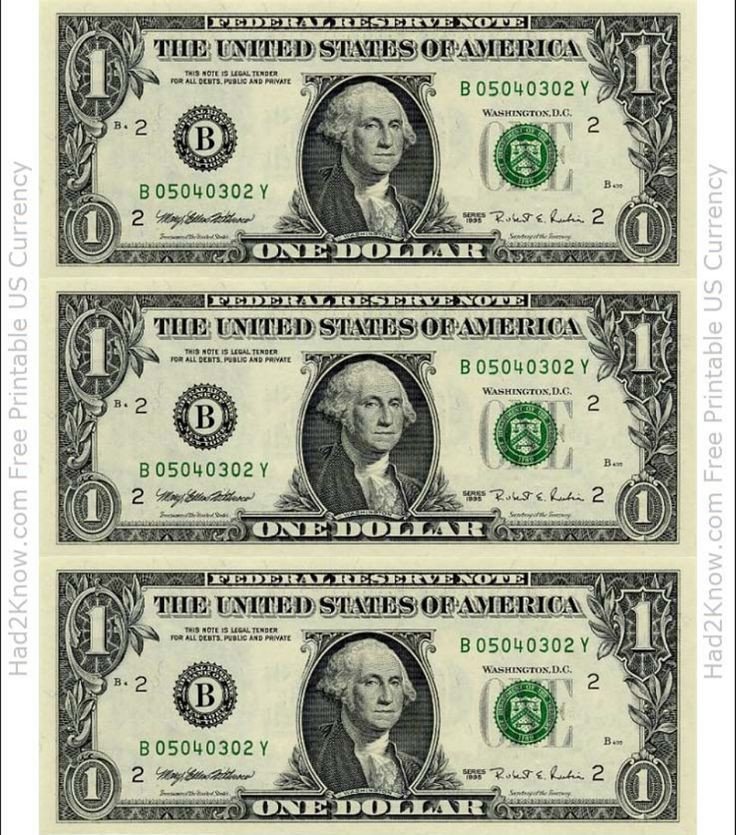
Outline of Hive Dollar (HBD).
Hive Dollar is a steady coin related with the Hive blockchain, which is a decentralized stage that rose up out of the Steem blockchain. Hive was made to give an additional decentralized web-based entertainment experience and permits clients to procure prizes for content creation, curation, and support in local area exercises. Hive Dollar is fixed to the worth of the US Dollar, expecting to keep a 1:1 worth with USD.
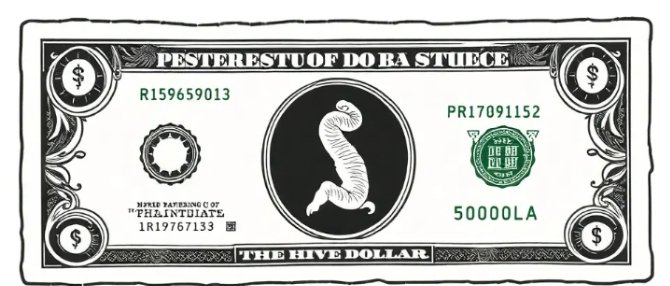
HBD capabilities as a vehicle of trade inside the Hive environment, permitting clients to execute with low charges and high velocity. It tends to be utilized to remunerate content makers, purchase benefits, and work with exchanges among clients on the Hive stage. Furthermore, HBD can be switched back over completely to Hive tokens (HIVE) or other digital currencies, contingent upon the stage's liquidity.
Outline of US Dollar (OD).
The US Dollar is the authority cash of the US and is one of the most broadly utilized monetary forms around the world. It fills in as the world's essential save money and is ordinarily utilized in global exchange and money. The USD is given and managed by the Central bank, which controls its inventory and carries out financial arrangement to guarantee monetary solidness.
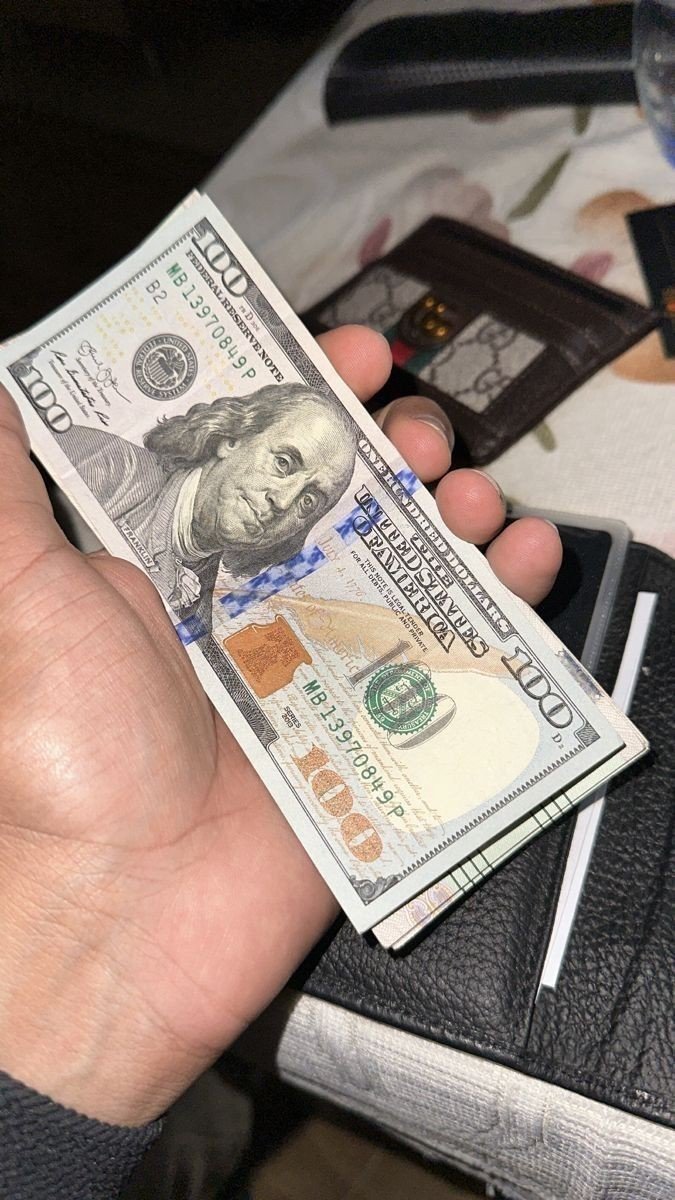
The US Dollar is a government issued money, meaning it isn't upheld by an actual ware like gold or silver. Its worth is gotten from the trust and certainty that clients place in the public authority and the economy that issues it. USD is utilized in an immense range of exchanges, including day to day customer buys, business tasks, and worldwide exchange.
Key Contrasts
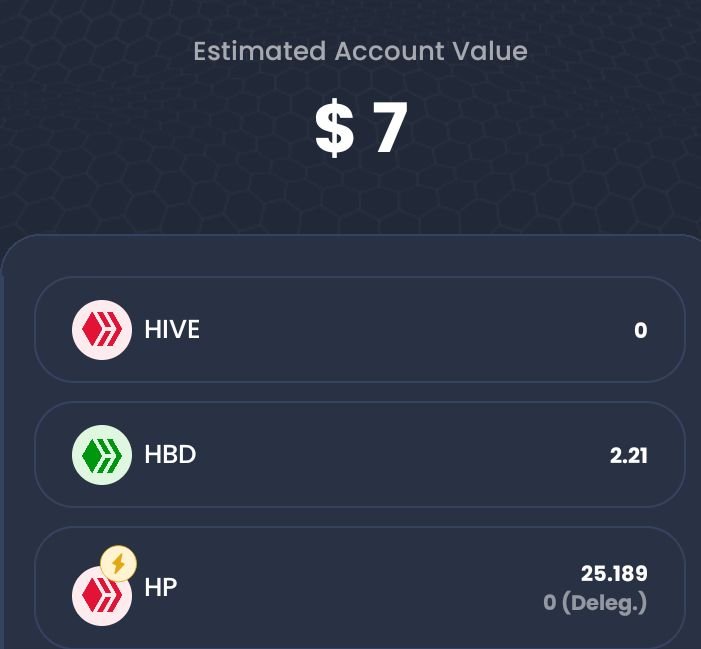
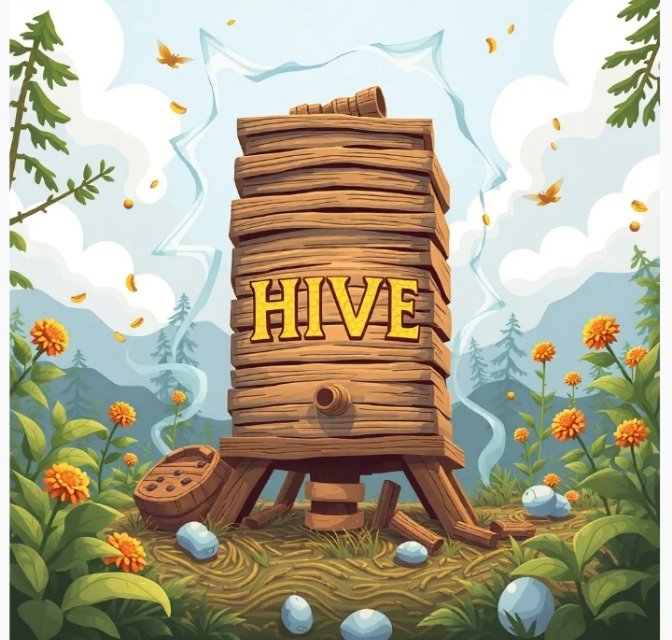
- Nature of Cash (NC).
HBD: Hive Dollar is a computerized resource attached to the Hive blockchain. Its decentralized nature implies that it isn't constrained by a solitary element. All things being equal, it works on a distributed organization, giving clients more command over their exchanges and assets.
USD: The US Dollar is a customary government issued money represented by unified foundations, principally the Central bank. Its stock and worth are impacted by government arrangements and monetary circumstances.
- Esteem Dependability (ED).
HBD: Intended to keep a steady worth comparable to USD, HBD means to give an anticipated mechanism of trade inside the Hive environment. Notwithstanding, its soundness can be impacted by market elements and the general interest for Hive-related administrations.
USD: The US Dollar is by and large stable because of its supporting by major areas of strength for an and broad administrative systems. Be that as it may, it can in any case encounter vacillations because of monetary circumstances, expansion, or international occasions.
- Utilization and Acknowledgment (UA).
HBD: Principally involved inside the Hive biological system for exchanges connected with content creation and social commitment. Its acknowledgment outside this biological system is restricted, making it less flexible for ordinary exchanges.
-USD: Broadly acknowledged all around the world for different sorts of exchanges, including retail buys, global exchange, and speculations. Its omnipresence pursues it a helpful decision for clients across various areas.
- Exchange Speed and Expense (ESE).
HBD: Exchanges utilizing Hive Dollar are by and large quick and have low charges because of the effectiveness of blockchain innovation. Clients can move reserves rapidly without the requirement for mediators, making it appealing for miniature exchanges.
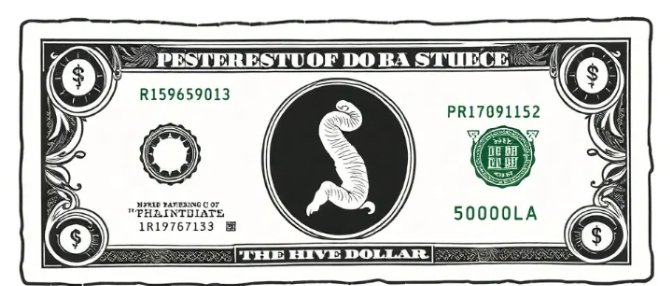
-USD: Exchanges with USD, particularly across borders, can include higher charges and longer handling times because of customary financial frameworks. This can be an impediment for clients looking for fast and savvy exchanges.
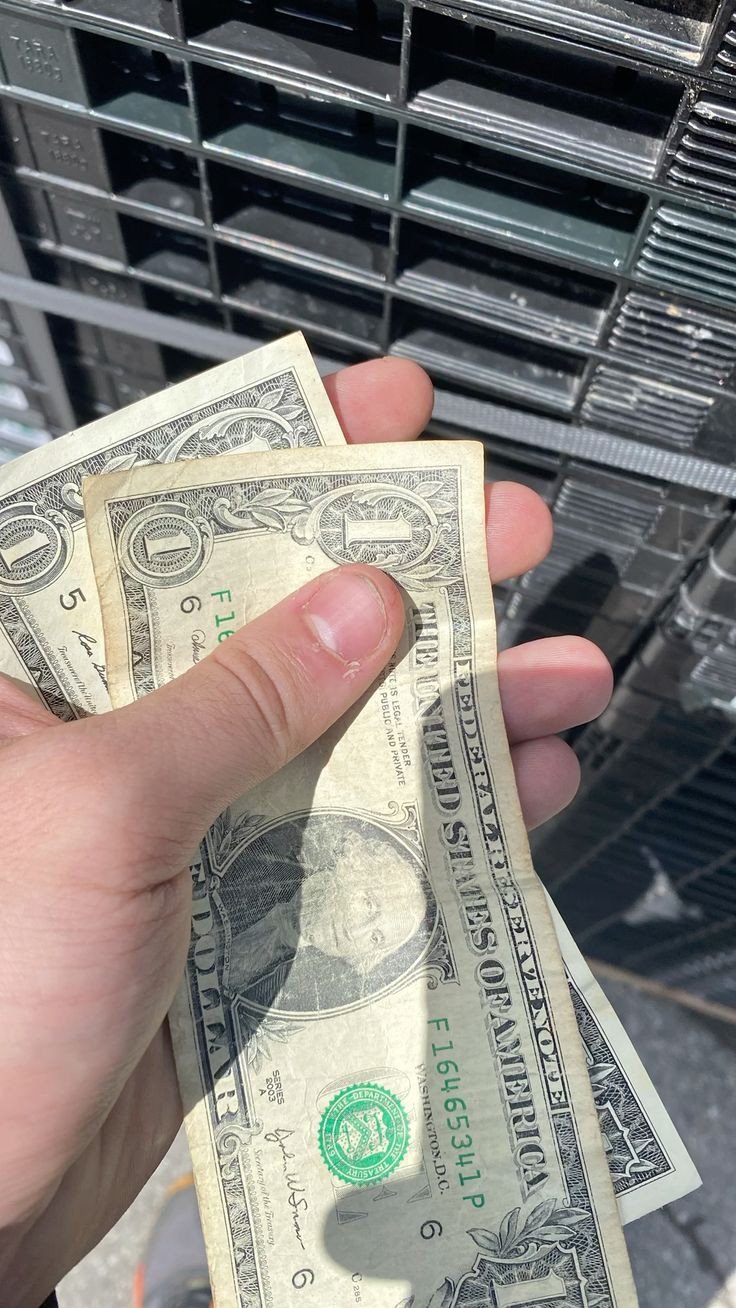
- Guideline and Oversight (GO).
HBD: Working inside a decentralized system, HBD is less directed than conventional monetary standards. This absence of guideline can give advantages like expanded protection and diminished control by focal specialists, yet it additionally raises worries about security and extortion.
USD: Intensely controlled by government offices, the US Dollar benefits from laid out legitimate securities and oversight. This guideline forestalls extortion and keep up with the money's trustworthiness yet additionally implies that clients have less protection in their exchanges.
- Expansion and Financial Arrangement (EFA).
HBD: While HBD plans to keep a steady worth, its plan doesn't include customary money related strategy devices. The worth can be affected by the presentation of the Hive biological system and the more extensive cryptographic money market.
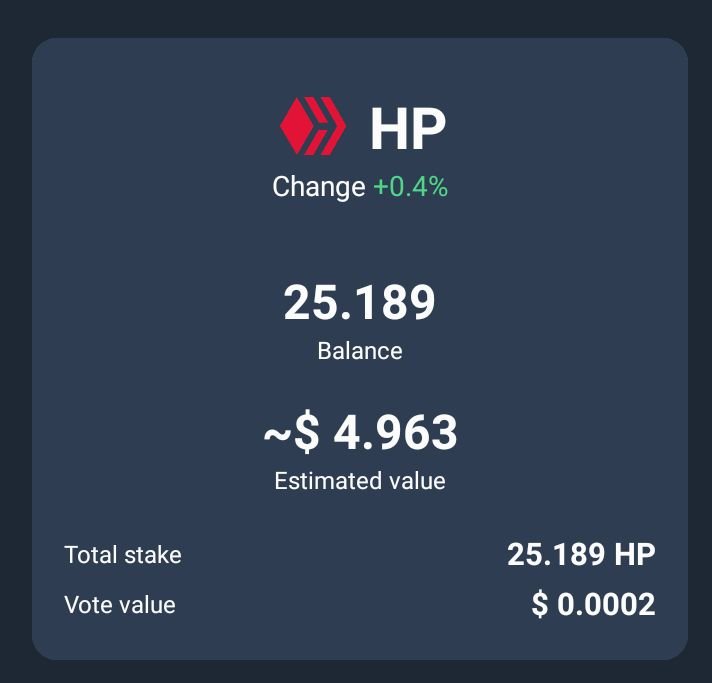
USD: The Central bank utilizes different financial arrangement apparatuses to oversee expansion and monetary development. These apparatuses incorporate changing loan fees and controlling cash supply, which straightforwardly influence the buying force of the USD.

End
The distinctions between Hive Dollar and US Dollar feature the development of cash in the advanced age. Hive Dollar addresses a shift toward decentralized, computerized monetary forms that focus on client independence and low exchange costs, while the US Dollar epitomizes the security and trust of conventional government issued types of money represented by unified foundations.
As monetary advancements keep on developing, the jobs of both HBD and USD might change, impacting how people and organizations execute. Understanding these distinctions is fundamental for clients exploring the intricacies of present day finance, whether they are taking part in the Hive biological system or participating in worldwide business with the US Dollar.

